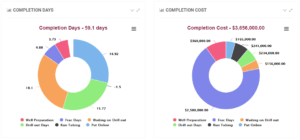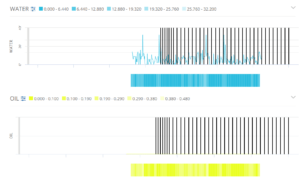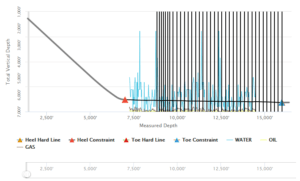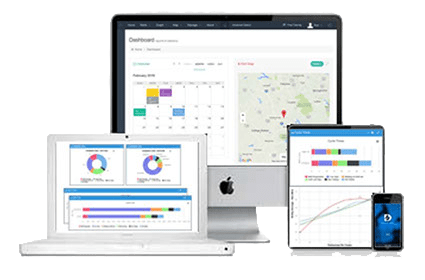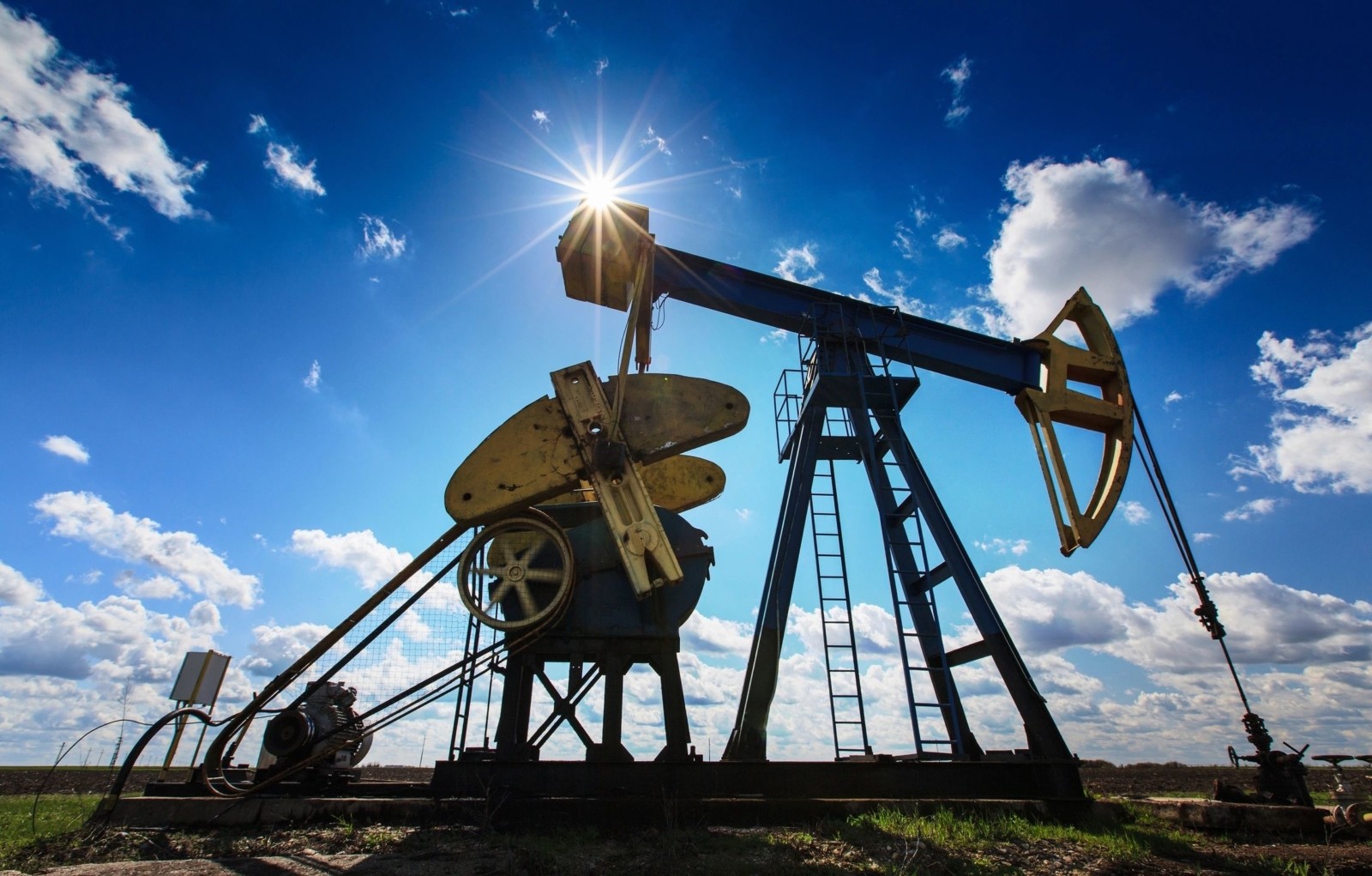

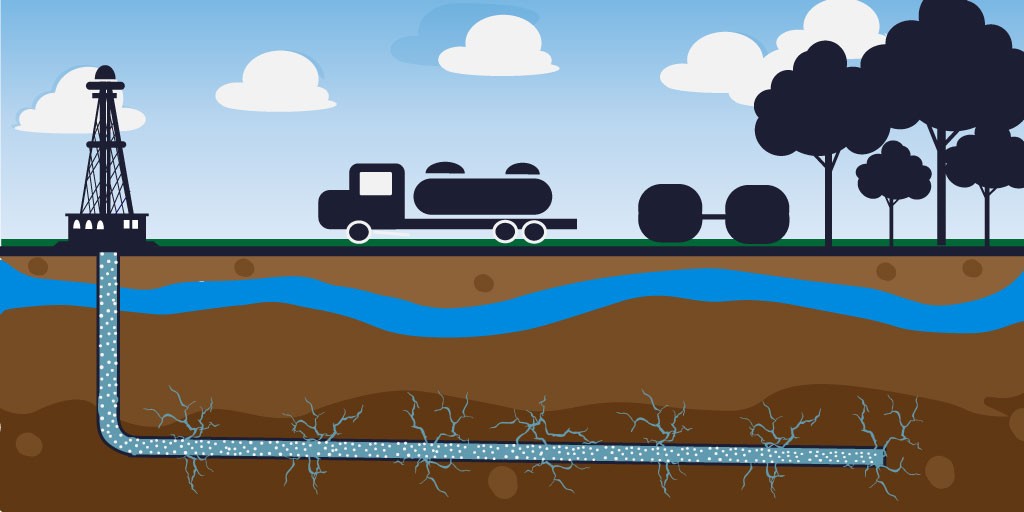
Well Completion seemed to be the BIGGEST opportunity. It represents about 60% of the cost of a well, it was new technology that was rapidly evolving, it had huge upside (see Shale 2.0), and there weren’t good tools in the space. That’s how the team found its way into Hydraulic Fracturing.
Needless to say, working in the “Fracking” business did not make them popular in Silicon Valley. In fact, the CEO met with the attorney who handled the IPO of his prior company. When she heard that he was starting a fracking company, she spent 20 minutes telling him that fossil fuels and fracking were the Devil and that they were destroying the planet. After that rant, she offered to be the company’s legal council. That was a hard no!
To make sure we were on the right path, we started hanging-out with completions engineers. We learned their language, and their problems…which we hoped to solve.
We initially built a solution that could capture operational data from well completion as a precursor to running machine learning on the data, like Mills described in his paper. We applied our Silicon Valley experience to the problem, making it social, viral, web-based (of course), extensible, and built with the plan of evolving into a platform. We built an intuitive and powerful solution for capturing, managing and analyzing completion data. It was a very cool and powerful product.

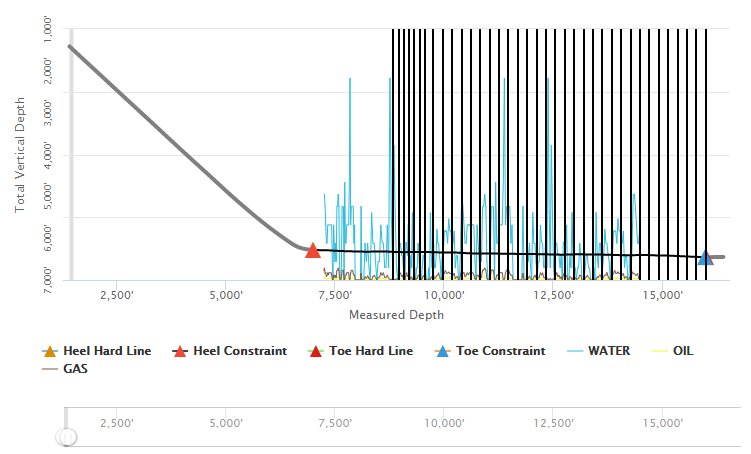
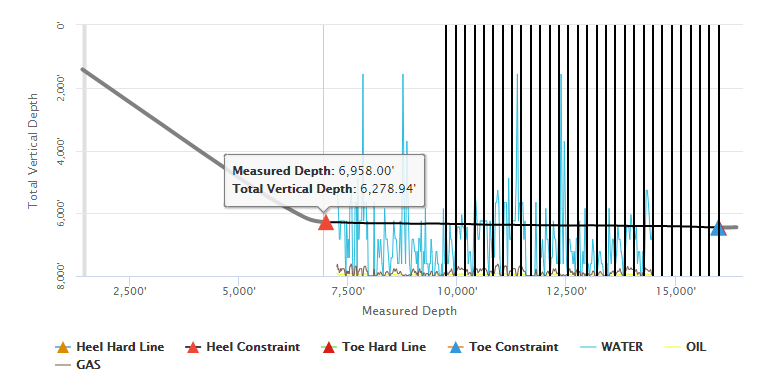
When we showed it to engineers, many had already built custom tools around databases, Excel and Spotfire to accomplish much of they viewed as the problem. Our solution was much better, and people who used it loved the advantages, but it wasn’t the 10X better, at least not before the network advantages kicked-in. Your product needs to be 10X better immediately, to convince people to switch their current workflows and tools.
That’s when we realized that there was an even bigger problem to solve and one that didn’t fit into homegrown spreadsheets and databases. The problem was geo-aware completion design. The entire industry was using geometric completion design: each stage is the same and each pump schedule is the same. We knew that this was suboptimal and we knew that we could build a product that was 10X better.
We discovered that geology was critical in valuing and buying assets, drilling wells (staying in zone), and producing hydrocarbons. But there was one stage of the business where geology was completely ignored – completion. Why was this? There was a ton of data in the form of cuttings, wireline, measure while drilling (MWD), measure while tripping (MWT), and more. All of this data was ignored when designing the well’s stimulation. Was this because stimulation design was already optimal? Clearly not. It was because the tools necessary to exploit this data, while reducing design time, weren’t available. We found a big problem in need of a tool…those are the problems we like.
So we designed a tool to enable completion design. We leveraged all of our expertise in usability making it hyperfast to design a geo-aware completion. The drag-and-drop interface is not just efficient, it is visual and fun. Best of all, it has the potential to make wells dramatically more economic, by lowering costs and increasing production. The low hanging fruit, such as skipping well sections that are out of zone or reducing proppant in sections of bad rock can result in a 50X or better Return on Investment (ROI). Adding machine learning for constant optimization could take this to 200X or more ROI with time. It wasn’t just 10X better, but 50X and potentially 200X!
